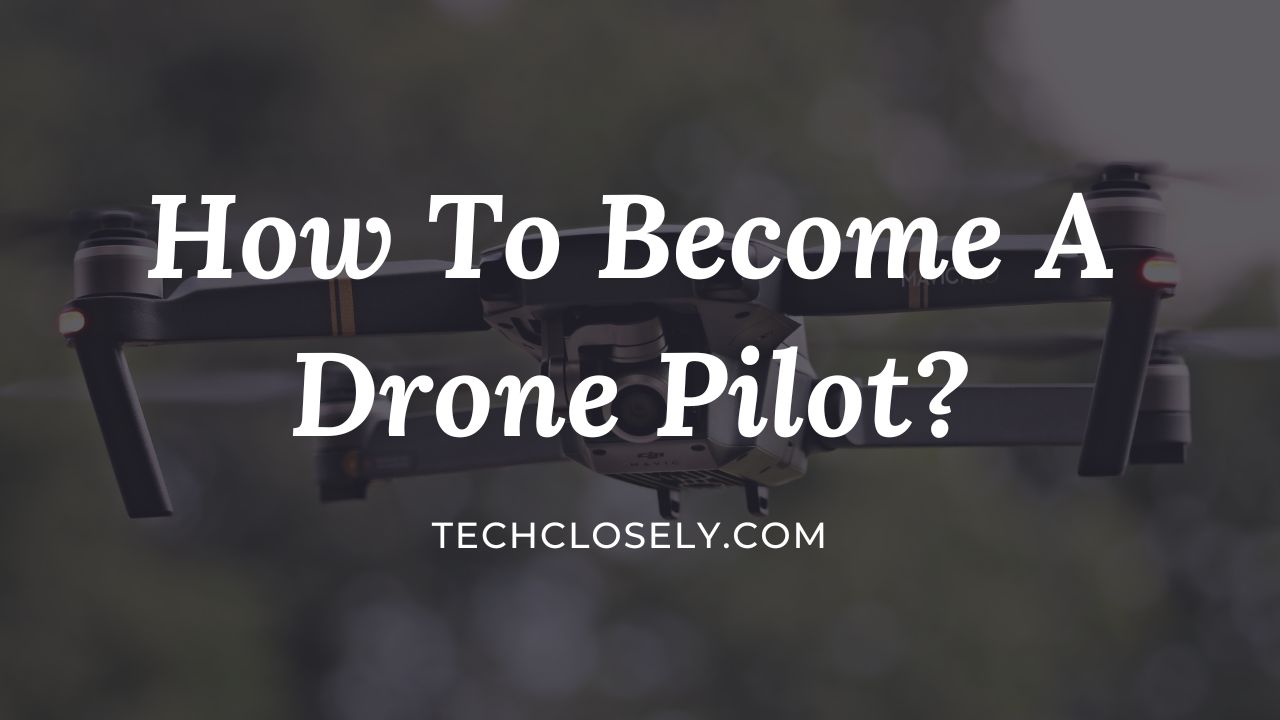In today’s technologically advanced world, drones have emerged as a revolutionary tool with a wide range of applications. These unmanned aerial vehicles (UAVs) capture breathtaking aerial footage and transform industries such as agriculture, construction, surveying, and delivery services.
As the role of drones continues to expand, so does the demand for skilled drone pilots who can safely and effectively operate these flying marvels.
If you’ve ever dreamed of soaring through the skies, controlling a drone, and exploring new perspectives, then becoming a drone pilot might be the perfect career path for you.
Uses of Drone Technology
Drone technology has significantly impacted numerous sectors, revolutionizing the way we work and interact with the world. Here are a few uses of drones:
Aerial Photography and Videography
Drones equipped with high-resolution cameras have opened up new possibilities in the world of photography and videography.
They can capture stunning aerial shots, allowing photographers and filmmakers to showcase landscapes, events, and even wildlife from unique perspectives that were once only accessible to helicopters or cranes.
Using drones in cinematography, real estate marketing, and tourism has transformed the visual storytelling landscape.
Surveying and Mapping
Drones have made surveying large areas more efficient and accurate than ever before.
Equipped with advanced sensors and GPS technology, they can create detailed maps, 3D models, and topographic surveys with precision.
This is particularly valuable in industries such as construction, urban planning, and land management, where drone surveys can save time, reduce costs, and provide crucial data for decision-making.
Agricultural Applications
Drones have revolutionized the agricultural sector by enabling farmers to monitor crops, analyze soil conditions, and optimize irrigation systems.
With thermal imaging cameras and multispectral sensors, flying drones can identify crop stress, pest infestations, and areas requiring additional irrigation. This data helps farmers make informed decisions, improve crop yield, and minimize environmental impact.
Infrastructure Inspection
Drones have become an invaluable tool for inspecting infrastructure such as bridges, power lines, and pipelines.
Flying drones can quickly and safely assess structures for damage, maintenance needs, and potential hazards. This not only saves time and resources but also improves safety for inspectors.
Search and Rescue Operations
Drones have proven to be invaluable in search and rescue missions. Equipped with thermal cameras and GPS technology, they can cover large areas in a fraction of the time compared to ground teams.
Drones help locate missing persons, assess disaster-stricken areas, and provide real-time situational awareness to aid rescue operations. Their ability to access hard-to-reach locations makes them a critical asset in emergency response efforts.
Growing Demand for Skilled Drone Pilots
As drone technology continues to evolve and diversify, there is an increasing demand for skilled drone pilots who can operate these sophisticated machines safely and efficiently.
The Federal Aviation Administration (FAA) has established regulations and requirements for drone pilots, emphasizing the need for proper training and certification.
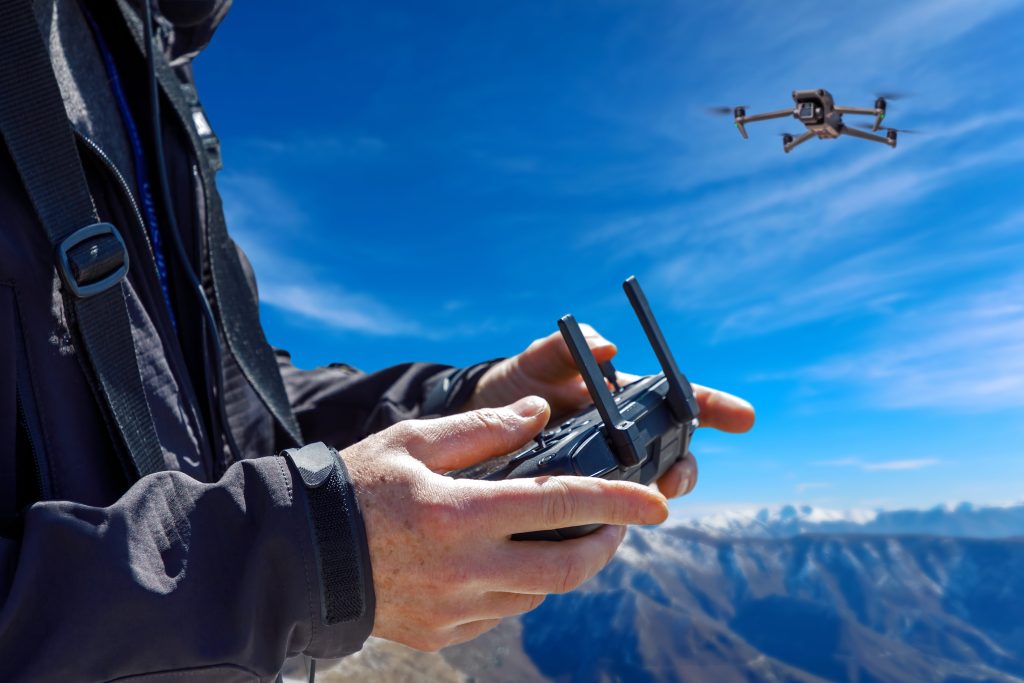
Industries such as photography and videography, agriculture, construction, infrastructure inspection, and public safety are actively seeking drone pilots to enhance their operations.
Companies are realizing the potential of drones to streamline processes, improve efficiency, and reduce costs.
Skilled drone pilots are in high demand to navigate these unmanned aircraft system and collect valuable data for analysis and decision-making.
Moreover, the drone industry itself offers exciting entrepreneurial opportunities. As a certified drone pilot, you can start your own drone service business, offering aerial photography, videography, surveying, or inspection services to clients.
The ability to fly drones proficiently and capture stunning footage opens doors to various creative and commercial ventures.
Step By Step – How To Become A Drone Pilot?
Researching and Choosing the Right Drone
Once you’ve decided to become a drone pilot, the next crucial step is to research and choose the right drone that suits your needs and goals.
With the wide variety of drones available in the market, it’s essential to consider several factors before making a purchase.
Here are some key points to consider:
- Identify your goals and purposes: Determine the primary purpose for which you will be using the drone. Are you interested in aerial photography and videography, surveying, racing, or recreational flying? Different drones have specific features and capabilities tailored to different applications, so understanding your goals will help narrow down your options.
- Evaluate drone models and features: Conduct thorough research on various drone models and compare their features.
Look for drones that have a good flight time, stable flight control, and suitable payload capacity for any additional equipment you might need, such as cameras or sensors.
Consider factors like range, speed, and durability, as well as the availability of spare parts and accessories. - Consider your skill level: If you are a beginner, it’s advisable to start with a drone that is designed for beginners or offers beginner-friendly features such as altitude hold, headless mode, or automatic flight modes. These features can help you learn and gain confidence in flying before moving on to more advanced models.
Experienced pilots can explore more sophisticated drones with advanced flight modes and manual controls. - Budget: Determine your budget range for purchasing a drone.
Drones come in various price ranges, from affordable entry-level models to professional-grade ones. It’s important to strike a balance between your budget and the features and quality you require. Consider the long-term investment as well, including additional batteries, spare parts, and maintenance costs. - Read reviews and seek recommendations: Before finalizing your decision, read reviews from reliable sources and seek recommendations from experienced commercial drone pilots or online communities. Reviews can provide valuable insights into the performance, reliability, and user experience of different drones. It’s also helpful to learn from others’ experiences and gather tips on specific models or brands.
- Consider regulatory requirements: Ensure that the drone you choose complies with the regulations and requirements set by the local aviation authority.
Different countries have varying regulations regarding drone weight, registration, and flight restrictions. Checking these regulations beforehand will help you avoid any legal complications and ensure safe and compliant flying. - Test before purchasing: Whenever possible, visit a local store or attend drone events where you can get hands-on experience with different drone models. Testing the drones allows you to assess their flight stability, responsiveness, and overall user experience. If offline testing is not feasible, watch video reviews or demonstrations online to get a better sense of how the drone performs.
Remember, the right drone for you depends on your specific needs, skill level, and budget. Take your time to research and consider all the factors before making a decision.
Investing in a drone that aligns with your goals and requirements will enhance your experience as a commercial drone pilot and contribute to your growth and proficiency in the field.
Getting a Drone License
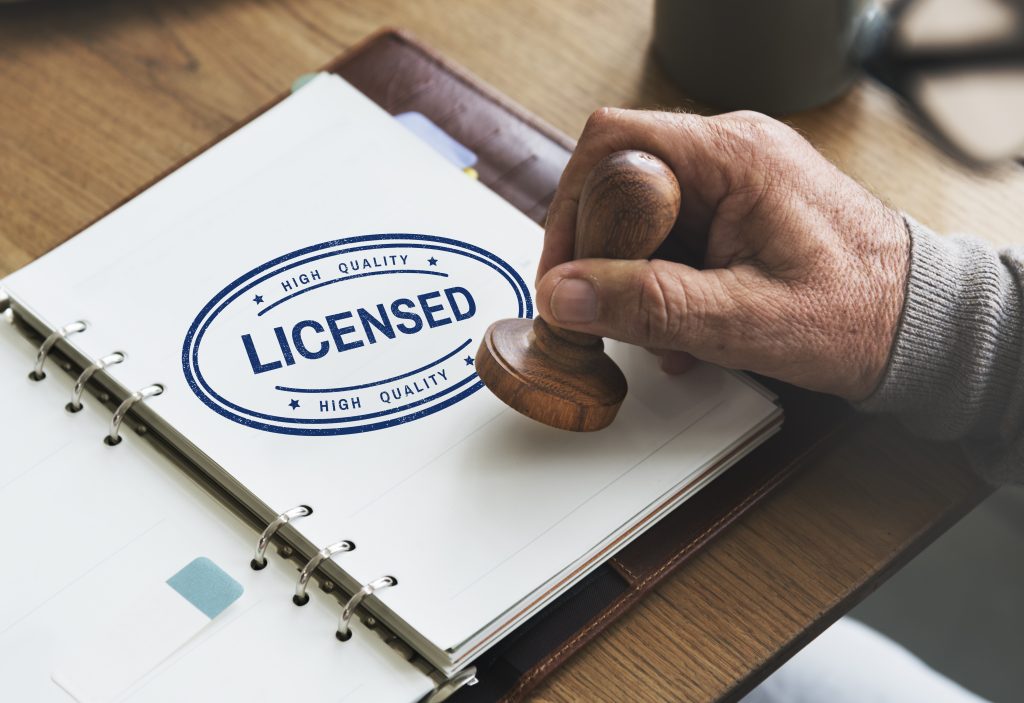
Operating a drone commercially requires obtaining a drone pilot license or Remote Pilot Certificate issued by the Federal Aviation Administration (FAA).
Here are the steps to becoming a certified drone pilot:
- Age: You must be at least 16 years old to fly a commercial drone.
- Pass the 107 test: The next stage is to take and pass the Part 107 remote pilot certificate test, often known as the Aeronautical Knowledge Test or the Unmanned Aircraft General (UAG) test. This is a knowledge test designed to assess your knowledge of FAA regulations, laws, airspace rules, weather conditions, and other related topics. The exam has 60 multiple-choice questions. You must register at an FAA-approved testing location to take the test in person.
- Submit an Online Application: After passing the Part 107 certification test, you can submit an online application for a faa Remote Pilot Certificate. The application process involves providing personal information, test results, and other required documentation.
Within a week or two of applying, you will receive a temporary certificate. Your permanent certificate will be mailed to you within 6 to 8 weeks.
Additional Requirements
After obtaining your commercial drone pilot’s license, there are a few more technical requirements to fulfill:
- Drone Registration: Your drone must be registered with the FAA. If your drone was previously registered under recreational regulations, it must now be re-registered under the business rules. Remember to keep your registration up to date and renew it every 36 months. Always carry your registration card with you when flying.
- Aircraft Inspections and Documentation: When the FAA requests an inspection or test of your aircraft, you must provide them with your aircraft and all related documents. It’s essential to keep your drone and its documentation in proper order to comply with FAA requirements.
- Accident Reporting: If there are injuries or property damage exceeding $500 as a result of a drone accident, you must notify the FAA within 10 days. Prompt reporting helps ensure transparency and adherence to safety protocols.
- Preflight Inspection: Have a preflight inspection protocol in place and maintain records of it. This ensures that your aircraft is safe to operate before each flight.
A preflight inspection includes checking the drone’s condition, battery life, propellers, and other vital components.
By following these steps and meeting the additional requirements, you can obtain and maintain your drone license, allowing you to operate drones commercially. It’s crucial to stay updated with the latest regulations and requirements set by the FAA to ensure safe and compliant drone operations.
Get Insurance
Obtaining proper insurance is a necessary step in becoming a professional drone pilot. It is critical to have liability insurance specialized expressly for drone operations, especially if you engage in activities such as professional real estate photography, weddings, or aerial inspections of commercial facilities and bridges.
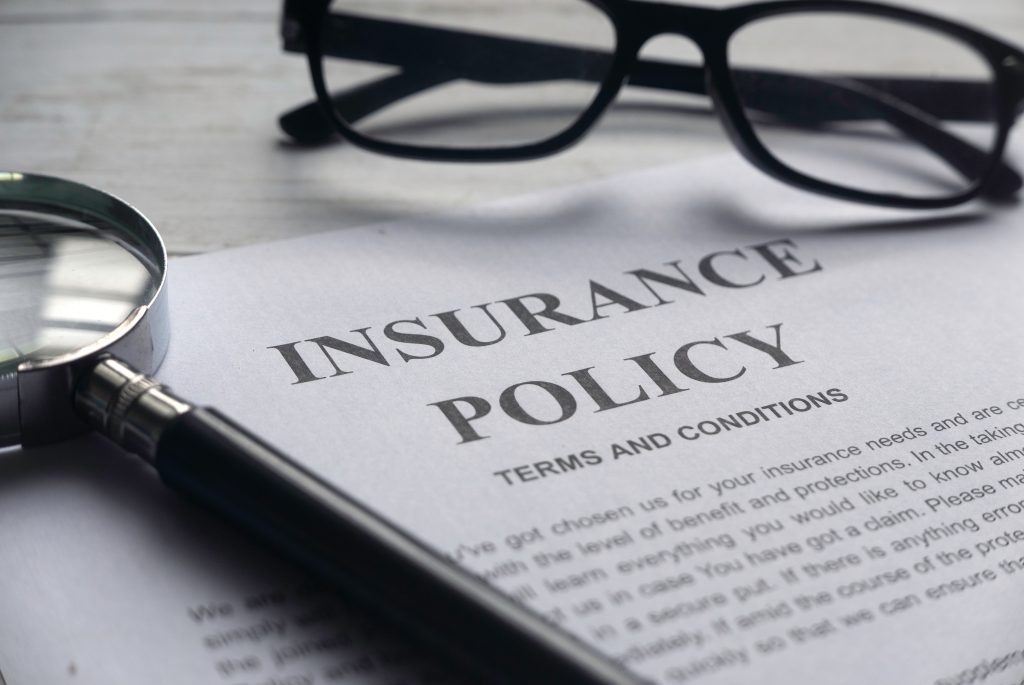
It is important not to assume that your coverage will be given by a regular workplace insurance, as this is not always the case.
As you begin your journey as a drone pilot, you may want to look into a flexible drone insurance plan from companies like DroneInsurance.com or SkyWatch.AI. These platforms frequently provide on-demand coverage, which allows you to buy insurance for specific drone flights as needed.
As your business expands and you take on more projects, you may find it necessary or beneficial to have more comprehensive insurance coverage. This larger-scale insurance will provide you with the necessary protection as your company grows.
Having insurance coverage is not only a legal requirement but also a responsible decision to protect yourself financially in the event of an accident. Many clients, especially those seeking higher-end projects, will require proof of insurance before hiring your services.
When selecting an insurance provider or policy, it is important to carefully review the terms and coverage options. Consider factors such as liability limits, coverage for physical damage to your drone, theft or loss protection, and any additional features that align with your specific needs.
By choosing the right insurance, you can have peace of mind knowing that you are adequately protected and can focus on delivering exceptional drone services to your clients.
Understanding the Basics of Drones
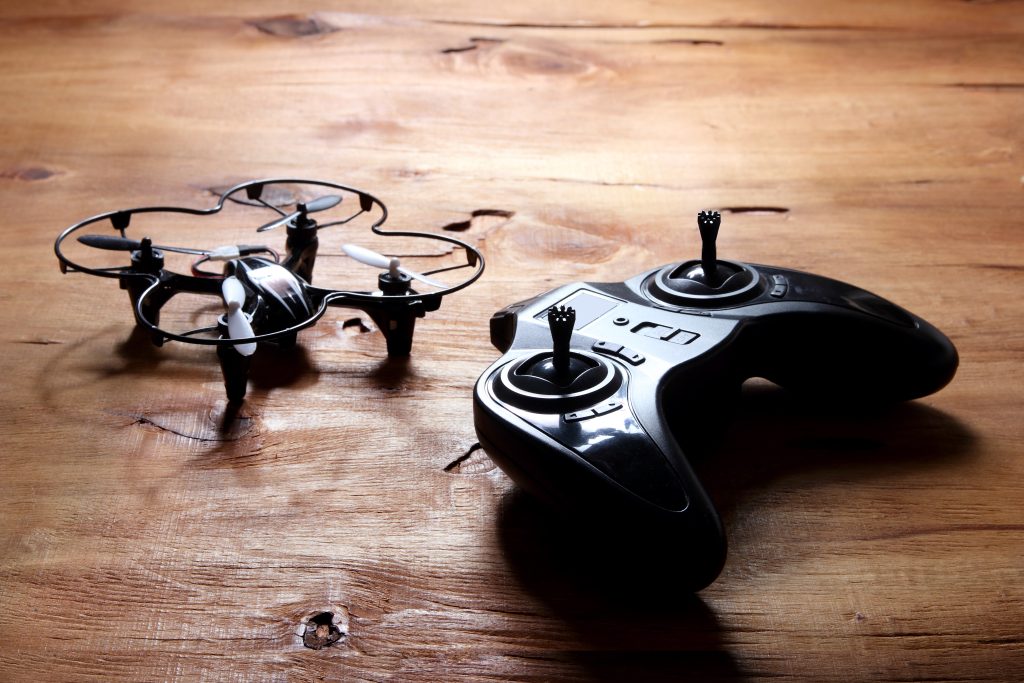
Before embarking on your journey to become a drone pilot, it is essential to have a solid understanding of the basics of drones.
This includes familiarizing yourself with the definition of drones, the various types available, the key components that make up a drone, and important safety considerations.
Let’s explore each of these aspects:
Various Drones and their various types
Drones are small unmanned aircraft that are operated without a pilot onboard. They can be controlled remotely by a pilot or operate autonomously using pre-programmed flight paths.
There are various drone types, each designed for specific purposes. Below are some of the drone types:
- Multirotor Drones: Multirotor drones, such as quadcopters, are the most common type used by hobbyists and professionals. They feature multiple rotors (usually four or more) that generate lift and enable maneuverability.
- Fixed-Wing Drones: Fixed-wing drones resemble traditional airplanes and have fixed wings, similar to manned aircraft.
- Hybrid Drones: Hybrid drones have features of multirotor as well as fixed-wing drones. They offer vertical takeoff and landing capabilities like multirotor drones and the efficiency and range of fixed-wing drones.
- Single-Rotor Drones: Single-rotor drones are known as helicopters. It is because it uses a single large rotor for lift and propulsion. They offer advantages such as increased payload capacity and longer flight times but require more complex controls.
Key components of a Drone and their Functions
To understand drones better, it is important to familiarize yourself with its key components and functions:
- Frame: The frame is the structure that holds all the components of the drone together. It provides stability and support.
- Motors and Propellers: Motors provide the power needed for flight, while propellers generate thrust and lift. The number and arrangement of motors and propellers vary depending on the type of drone.
- Flight Controller: The flight controller is the “brain” of the drone, responsible for processing data from sensors and controlling the drone’s flight characteristics, stability, and maneuverability.
- Sensors: Drones are equipped with various sensors, including GPS, accelerometers, gyroscopes, and altimeters. These sensors provide essential data for navigation, stabilization, and autonomous flight.
- Battery: Drones are powered by rechargeable batteries, usually lithium polymer (LiPo) batteries. The battery provides the necessary electrical energy to power the motors, flight controller, and other components.
Gaining Experience and Improving Skills
Becoming a skilled drone pilot goes beyond obtaining a license and purchasing the right equipment. It requires continuous learning, practice, and gaining practical experience.
Here are some valuable tips on gaining experience and improving your skills as a drone pilot:
Join local drone communities and attend meetups
Engaging with other drone enthusiasts and professionals is a great way to learn from their experiences and share knowledge.
Join local drone communities, attend meetups, and participate in workshops or training sessions.
Networking with like-minded individuals can provide valuable insights, tips, and even potential collaboration opportunities.
Practice regularly
Regular practice is crucial for developing your piloting skills. Find a safe and open area where you can practice flying your drone.
Start with basic maneuvers such as takeoff, landing, and hovering, then gradually move on to more advanced flight patterns and maneuvers.
Practice flying in different weather conditions and environments to enhance your adaptability.
Experiment with flight modes and settings
Most drones offer various flight modes and settings to suit different scenarios.
Take the time to explore and experiment with these features. Test out autonomous flight modes like waypoint navigation or follow-me mode.
Experiment with different camera settings to capture unique shots and perspectives. Understanding and utilizing these features will expand your capabilities as a drone pilot.
Set goals and challenges
Challenge yourself by setting specific goals and tasks to accomplish during your flights. It could be capturing a challenging aerial shot, flying through obstacles, or practicing precision landing.
Setting goals helps you focus your practice sessions and continuously push yourself to improve.
Participate in Drone races or competitions
Drone racing has gained popularity as an exciting and competitive sport.
Participating in drone races or competitions can sharpen your piloting skills, improve your speed and agility, and provide opportunities for showcasing your abilities. Racing against other skilled pilots can be a fun and rewarding way to enhance your drone piloting expertise.
Stay updated with industry advancements
The drone industry is constantly evolving, with new technologies, regulations, and best practices emerging.
Stay updated with the latest trends, advancements, and regulatory changes by following industry publications, online forums and attending conferences or webinars.
Safety Tips and Best Practices for Drone Pilots
As a responsible drone pilot, prioritizing safety is paramount to ensure the well-being of people, property, and the integrity of the drone industry.
Here are some crucial safety tips and best practices that every drone pilot should follow:
- Follow the regulations: Familiarize yourself with the drone regulations and laws in your country or region. Adhere to the specific requirements for drone registration, flight restrictions, altitude limits, and any other applicable rules.
- Obtain proper training and certification: Seek comprehensive training and obtain the necessary certifications for operating a drone. This includes passing the required knowledge tests and obtaining a Remote Pilot Certificate or equivalent license. Proper training equips you with the skills and knowledge to operate drones safely and responsibly.
- Conduct pre-flight checks: Before every flight, perform thorough pre-flight checks on your drone. Inspect the aircraft, including the propellers, batteries, and sensors, to ensure they are in good working condition. Verify that all connections are secure and confirm that the firmware and software are up to date.
- Plan and prepare for the flight: Prior to takeoff, plan your flight carefully.
Consider factors such as weather conditions, airspace restrictions, and the location’s suitability for drone operations.
Identify potential hazards, have a clear flight path in mind, and establish a contingency plan for emergencies. - Maintain line of sight: Maintain visual contact with your drone at all times during the flight. Keep it within your line of sight to anticipate and avoid obstacles, other aircraft, or hazardous situations.
If flying beyond visual line of sight (BVLOS) is necessary, ensure compliance with the applicable regulations and obtain the necessary permissions. - Fly in suitable weather conditions: Choose favorable weather conditions for your drone flights.
Avoid flying in strong winds, rain, fog, or other adverse weather conditions that may compromise the stability and control of the drone.
Ensure that you have adequate visibility and control throughout the flight. - Respect privacy and property rights: Always respect the privacy of individuals and property rights. Avoid flying over private properties without permission, and be mindful of capturing images or videos that may infringe upon someone’s privacy.
Obtain necessary permissions or consents when conducting commercial operations in public or private spaces. - Keep a safe distance: Maintain a safe distance from people, animals, buildings, vehicles, and other objects. This minimizes the risk of collisions and potential harm. Exercise caution when flying near crowds or congested areas and respect the personal space of others.
- Be mindful of airspace restrictions: Stay informed about airspace restrictions and any temporary flight restrictions (TFRs) in effect. Avoid flying in restricted areas, such as airports, military zones, or emergency response areas. Utilize airspace maps, apps, or tools to check for any airspace restrictions before each flight.
- Monitor battery life and flight time: Keep a close eye on your drone’s battery level and flight time. Plan your flights to ensure that you have sufficient battery power to safely return and land your drone.
- Maintain emergency preparedness: Be prepared for unexpected situations and emergencies. Carry a first-aid kit, a fire extinguisher, and other necessary emergency equipment in your drone kit.
Have a plan in place for scenarios such as flyaway incidents, loss of control signal, or sudden changes in weather conditions. - Continuously update your knowledge and skills: Stay informed about the latest developments in drone technology, regulations, and best practices.
Engage in continuous learning by attending workshops, webinars, or conferences.
Sharpen your piloting skills through regular practice and seek opportunities for professional growth.
How much money a Drone pilot can Make?
The earnings of a drone pilot can vary significantly as it depends on several factors, including the pilot’s experience, location, industry, and the number of projects undertaken.
Many commercial drone pilots work as freelancers, which means their income can fluctuate based on the availability of projects and clients. The hourly rate for drone pilots also varies depending on the specific project and industry requirements.
According to Glassdoor, the reported annual average salary for drone pilots in 2022 is around $90,000. However, it’s important to note that this figure is an average and can differ based on individual circumstances.
A survey conducted by DroneU says that experienced drone pilots can charge rates ranging from $800 to $1,200 for a single day of work. This demonstrates the potential for significant earnings for experienced and in-demand drone pilots.
It is challenging to provide an exact estimate of a drone pilot’s income as it depends on various factors and the pilot’s ability to secure projects consistently. To achieve high earning potential, a drone pilot would typically need to take on a substantial number of projects and establish a strong client base.
Building a reputation for quality work, professionalism, and delivering exceptional results can contribute to increased demand and higher-paying opportunities.
Conclusion
Becoming a drone pilot opens up a world of possibilities, allowing you to soar through the skies and capture breathtaking aerial perspectives.
From understanding the importance of drone technology to meeting the growing demand for skilled pilots, each stage of the process is crucial.
Researching and choosing the right drone ensures that you have the right tool to excel in your chosen field. Obtaining remote pilot certification, drone license and staying up to date with regulatory requirements guarantees compliance and responsible flying.
Gaining experience and improving your skills as a drone pilot is an ongoing process. Regular practice, continuous learning, and networking within the drone community contribute to your growth and proficiency.
As a drone pilot, there is potential for both personal and professional growth. The diverse applications of drones across industries open doors to exciting career opportunities and entrepreneurial ventures.
Whether you aspire to be an aerial photographer, a surveying specialist, or an inspector of critical infrastructure, the drone industry offers a range of possibilities.
Remember, the path to becoming a drone pilot requires dedication, passion, and a commitment to ongoing learning. Stay curious, adapt to industry advancements, and continuously refine your skills. By doing so, you can excel in this rapidly growing field and make your mark as a skilled and responsible drone pilot.

